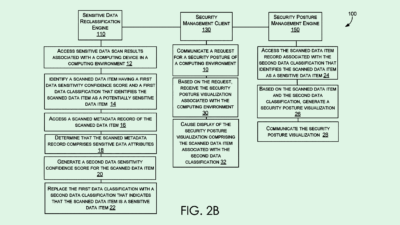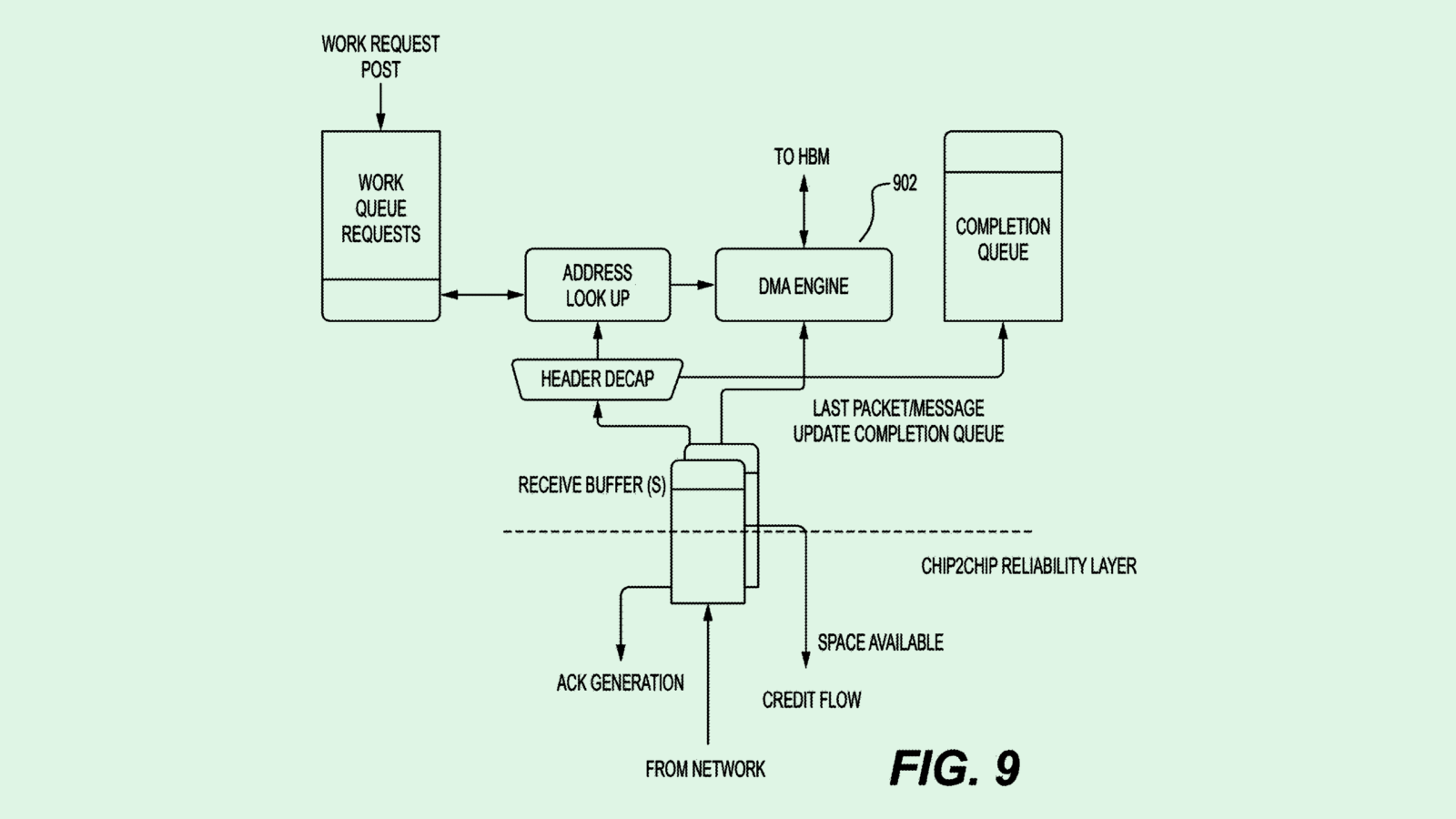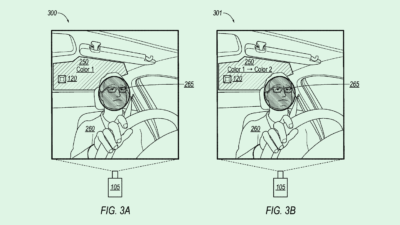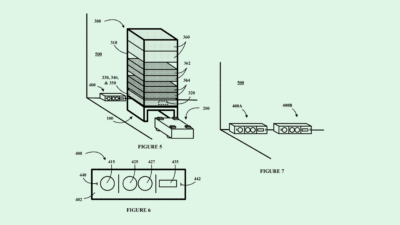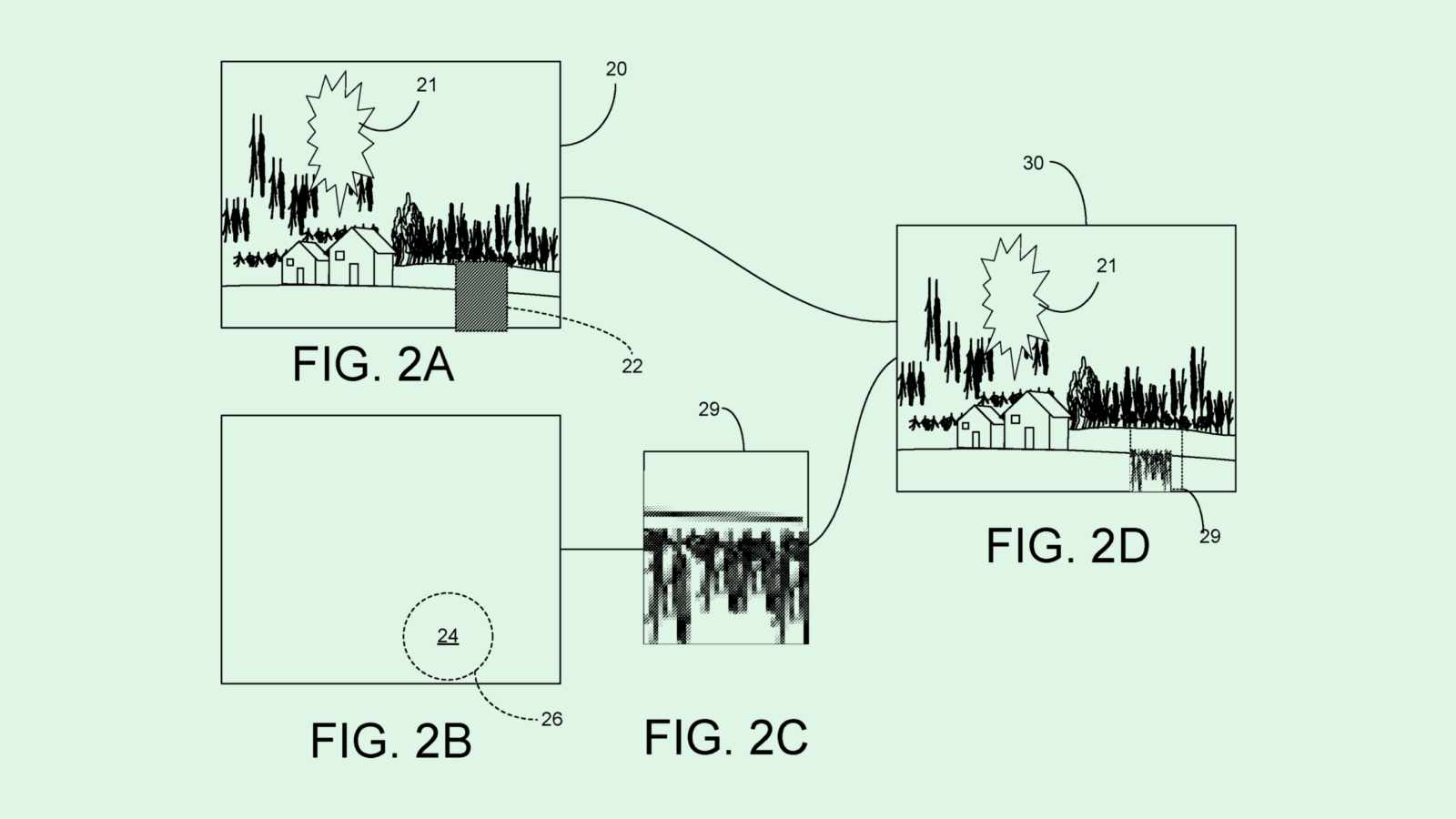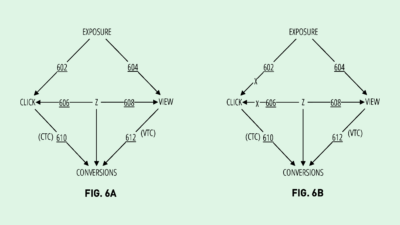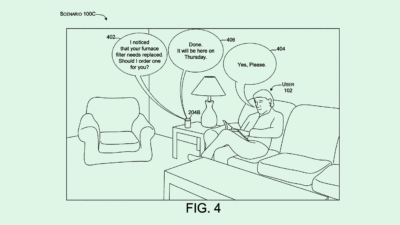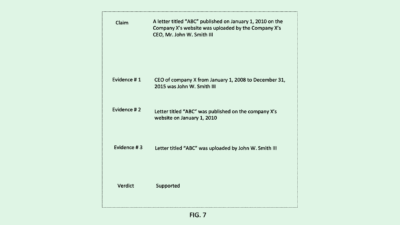Amazon is Narrowing the Gap in the AI Race
The company filed a patent for a way to make AI models easily using pre-built machine learning models.
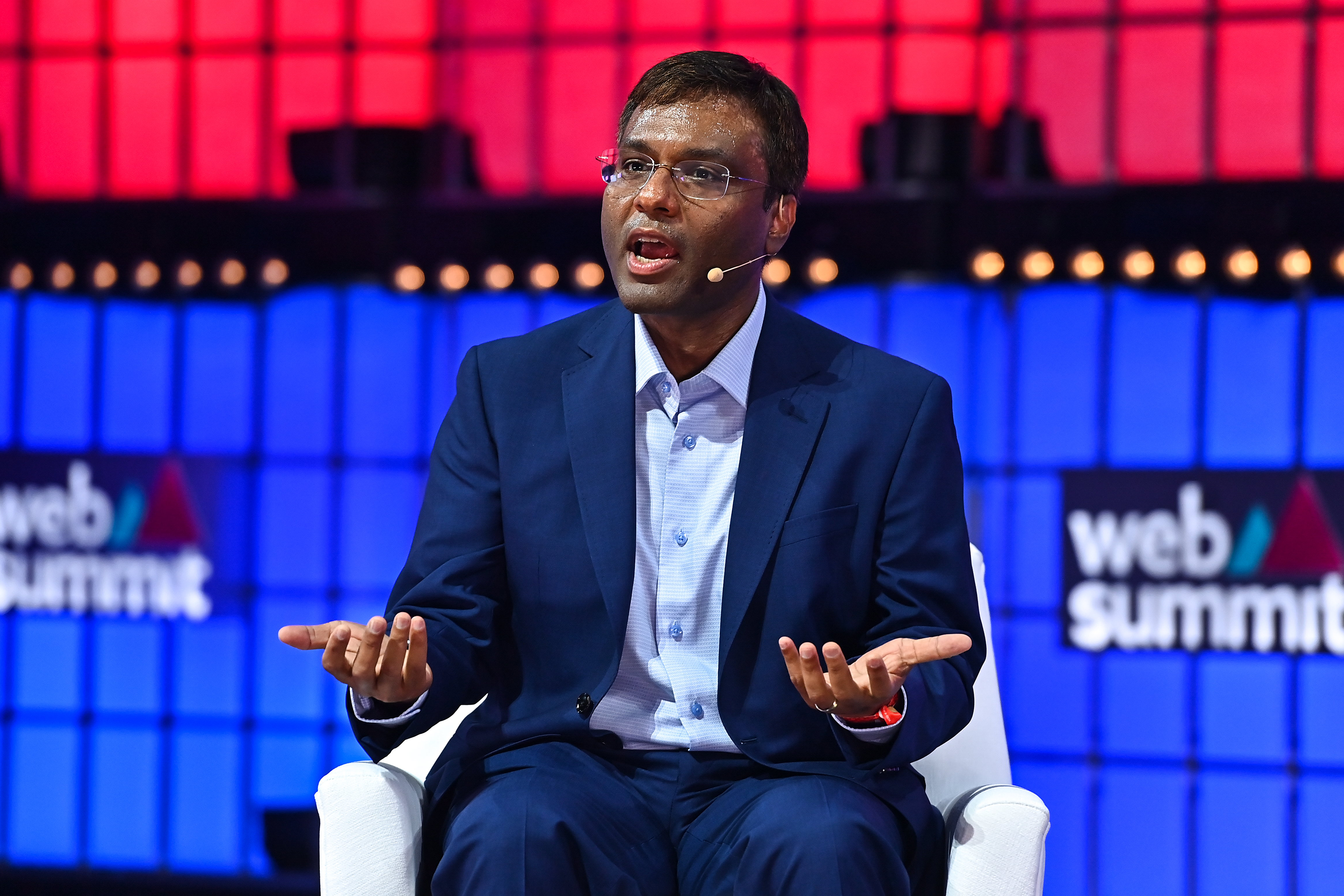
Sign up to uncover the latest in emerging technology.
Amazon wants to make an AI model for all seasons.
The tech giant filed a patent application for an automated machine learning “pre-trained model selector.” Amazon’s tech provides clients with a number of pre-trained AI models to use as a starting point, which can be retrained based on their needs or preferences.
Essentially, Amazon’s system creates a brand new model by fine-tuning a general one. A client can make a modeling request indicating what tasks they aim to achieve with a machine learning service.
Along with a description of the task, this request could include training data for the model, use profile information, as well some examples of what the client wants the outputs of the model to be. For example, if a doctor is requesting an image-labeling AI tool, the request may include a few images of X-rays and proper labels describing their diagnoses.
After picking out the right model for the job, the system will selectively retrain certain parts of the model for that specific task, such as image recognition, audio processing, recommendations, classifications, and more.
Amazon said that systems like this could allow for wider adoption of AI, as implementation of AI models isn’t hindered by the resource-intense requirements and subject expertise it takes to train them. “This provides an improvement over systems where each model is generated without any prior modeling,” Amazon said.

Amazon has often been seen as steps behind more AI-focused companies like OpenAI, Microsoft and Google. But its recent announcements may indicate that it’s doing more to keep up.
The company introduced a wide array of technology to bolster its AI work at Re:Invent this week, including two chips, new generative AI services and tools, and Amazon Q, a chatbot for AWS customers. AWS CEO Adam Selipsky said at the conference that the chatbot is “all informed by an understanding of your systems, your data repositories and your operations.”
And last week, a leaked email obtained by Business Insider showed that Amazon restructured its team going after Artificial General Intelligence (AGI) tech which OpenAI, Google, and practically everyone in the AI community has been chasing for years.
However, OpenAI is still leaps and bounds ahead in terms of chatbots and AGI research, said Irusha Peiris, executive director and research analyst at William O’Neil. Amazon is also not likely to compete with Nvidia’s stranglehold on the chips market, he added. But these announcements prove that the company is trying hard to “narrow the gap,” he said.
Amazon also has a number of advantages, Peiris said. The company’s retail prowess can help it implement AI throughout both the logistics and customer experience side of its business, he said, and its Amazon Alexa unit dominates in natural language processing. Meanwhile, AWS is a cloud services powerhouse where clients already store piles of their data. Bulking up its AI services so those clients can get more from that data will only help Amazon’s position.
“Amazon will kind of carve out their own niche to really monetize and build on top of the big advantage they have with AWS and retail,” Peiris said.
Plus, Amazon seems very interested in lowering the barrier to entry for AI. This patent is one example, stating it wants to put AI in the hands of those “with little or no prior knowledge” of the tech. And with the AI offerings that AWS has for enterprise customers of all skill levels, Peiris said, “It’s another hook that Amazon has that’s going to make it very difficult for (clients) to leave.”
“The biggest goal for any company is retention,” he said. “(AWS) captured all these clients over 17 years of doing this. How much more value can they add to keep them here?”



